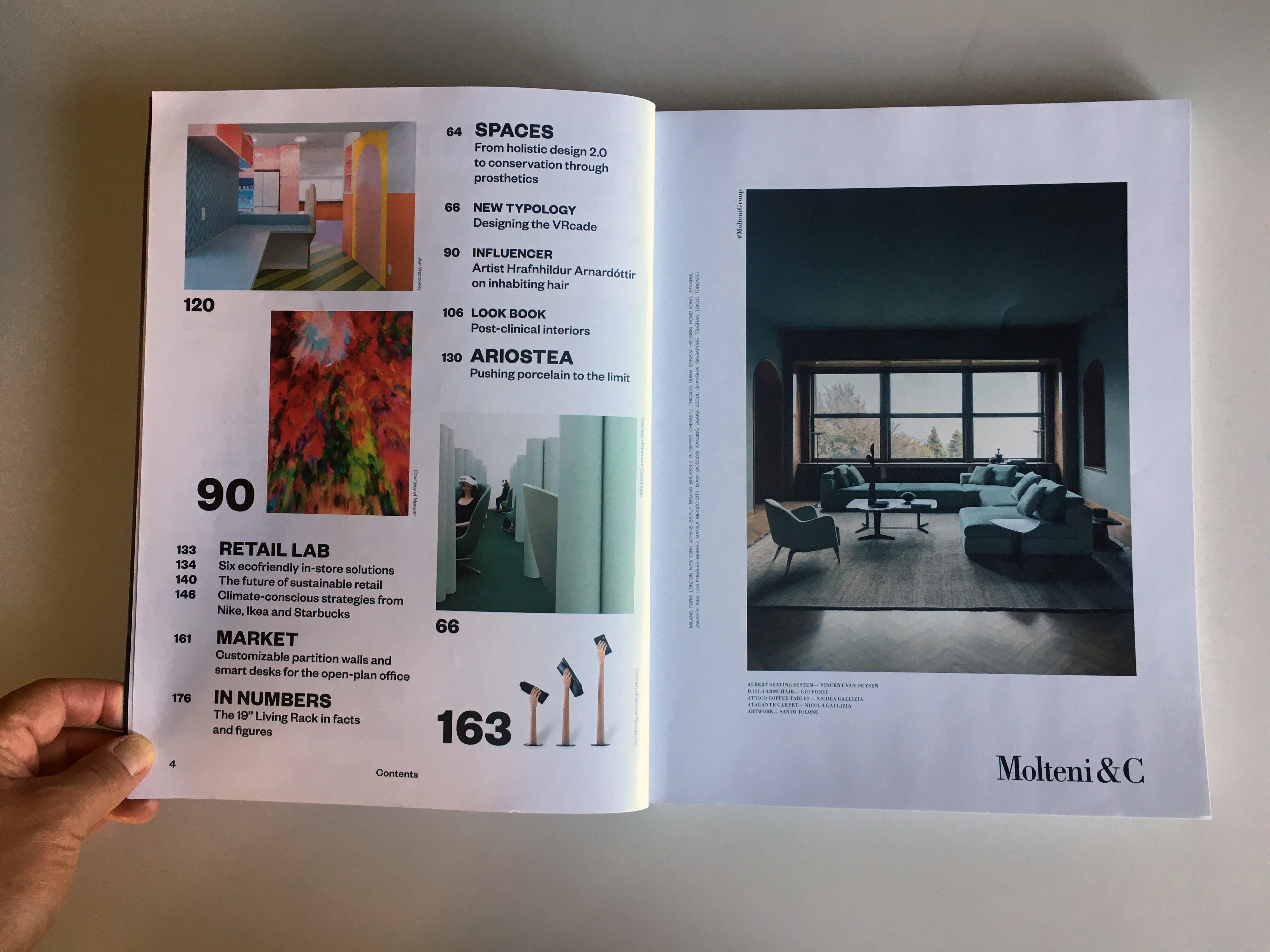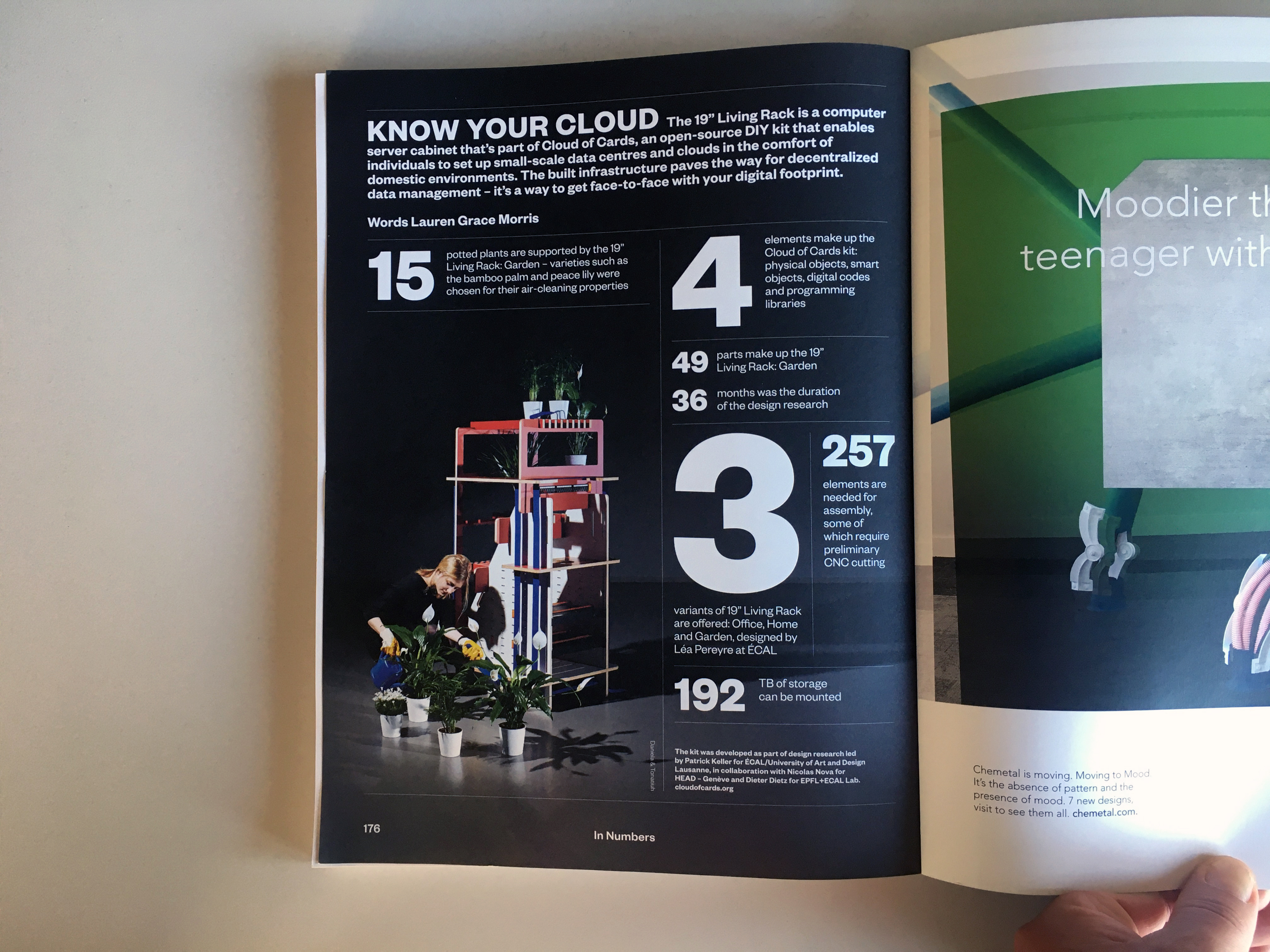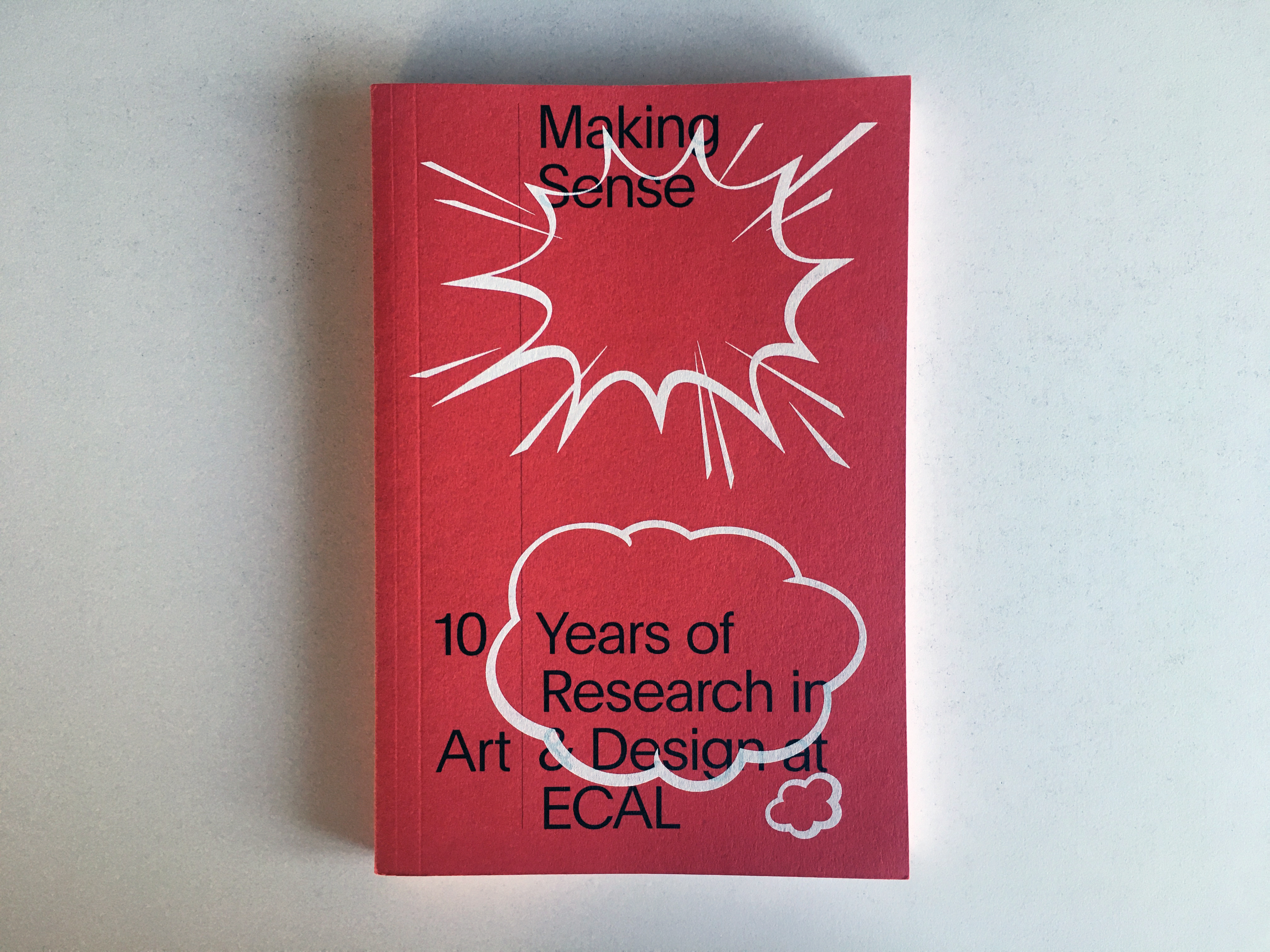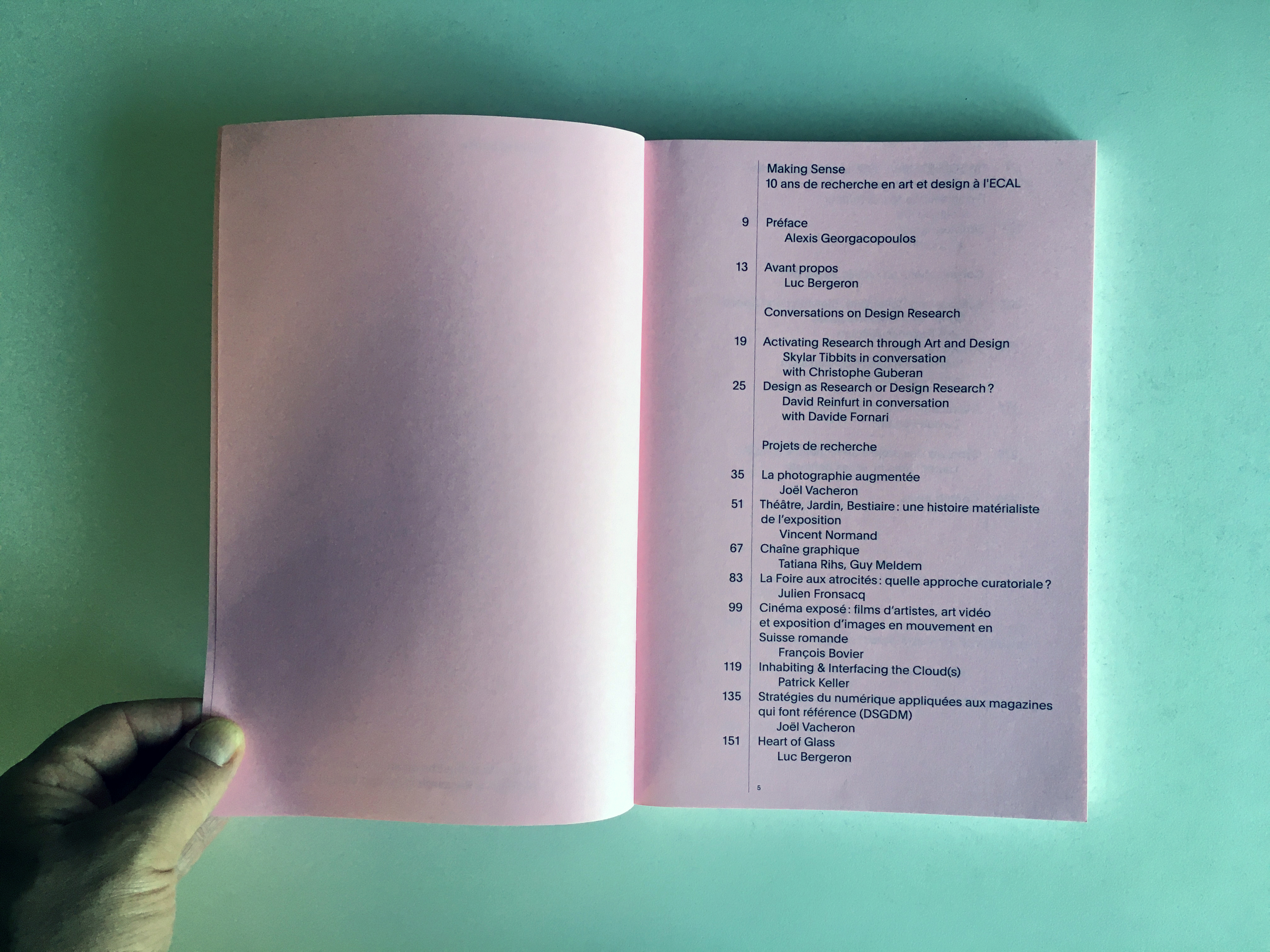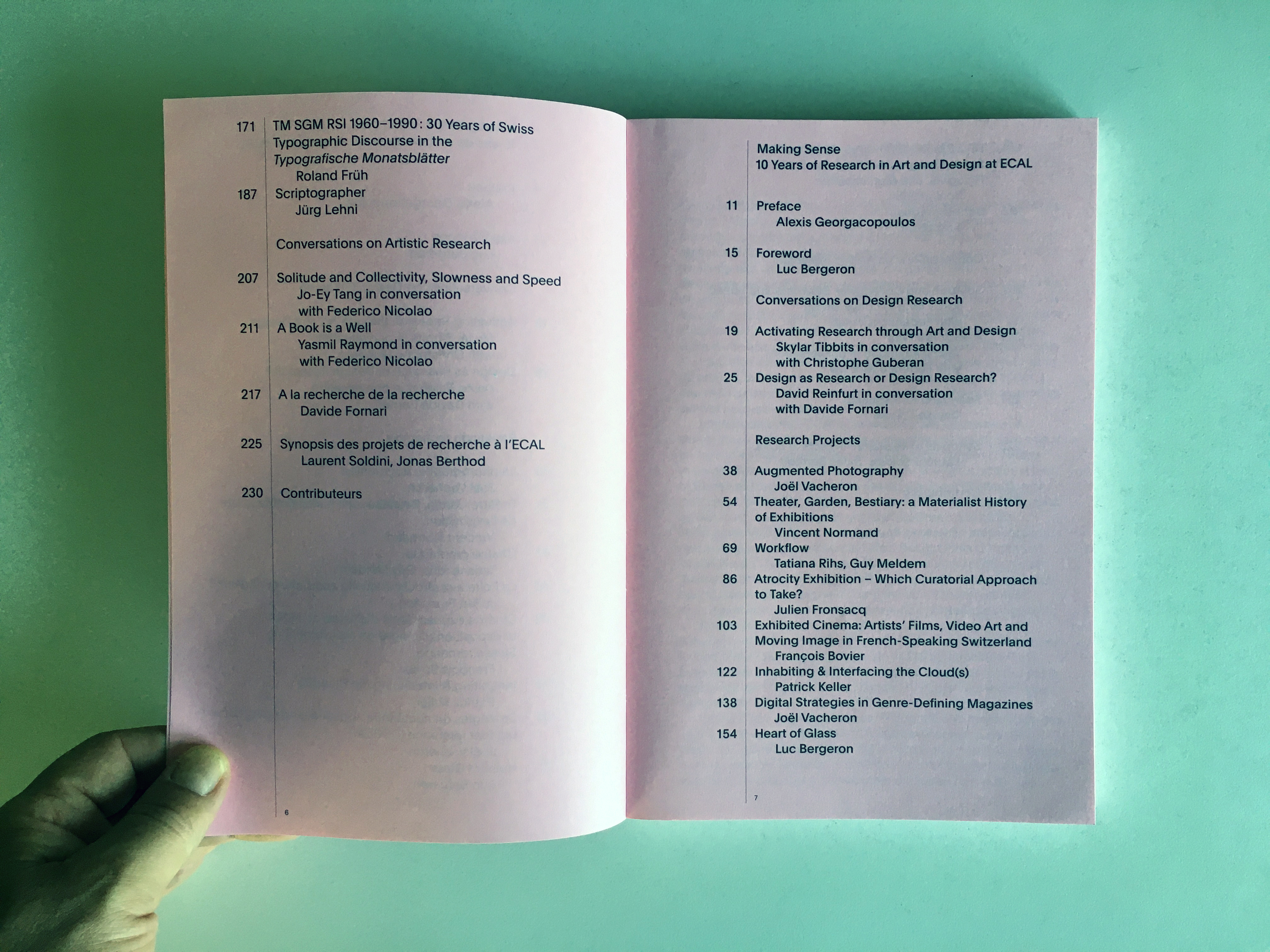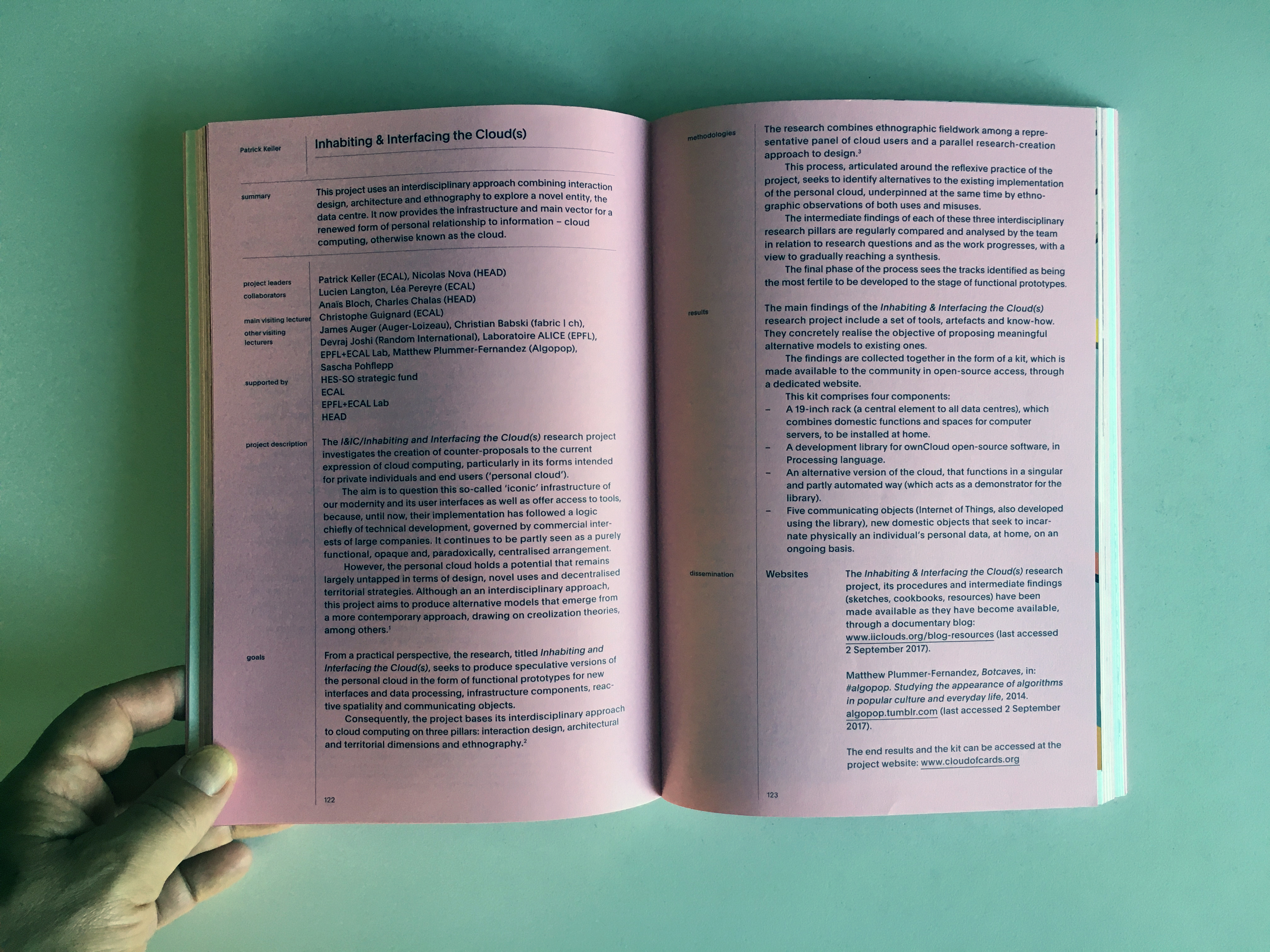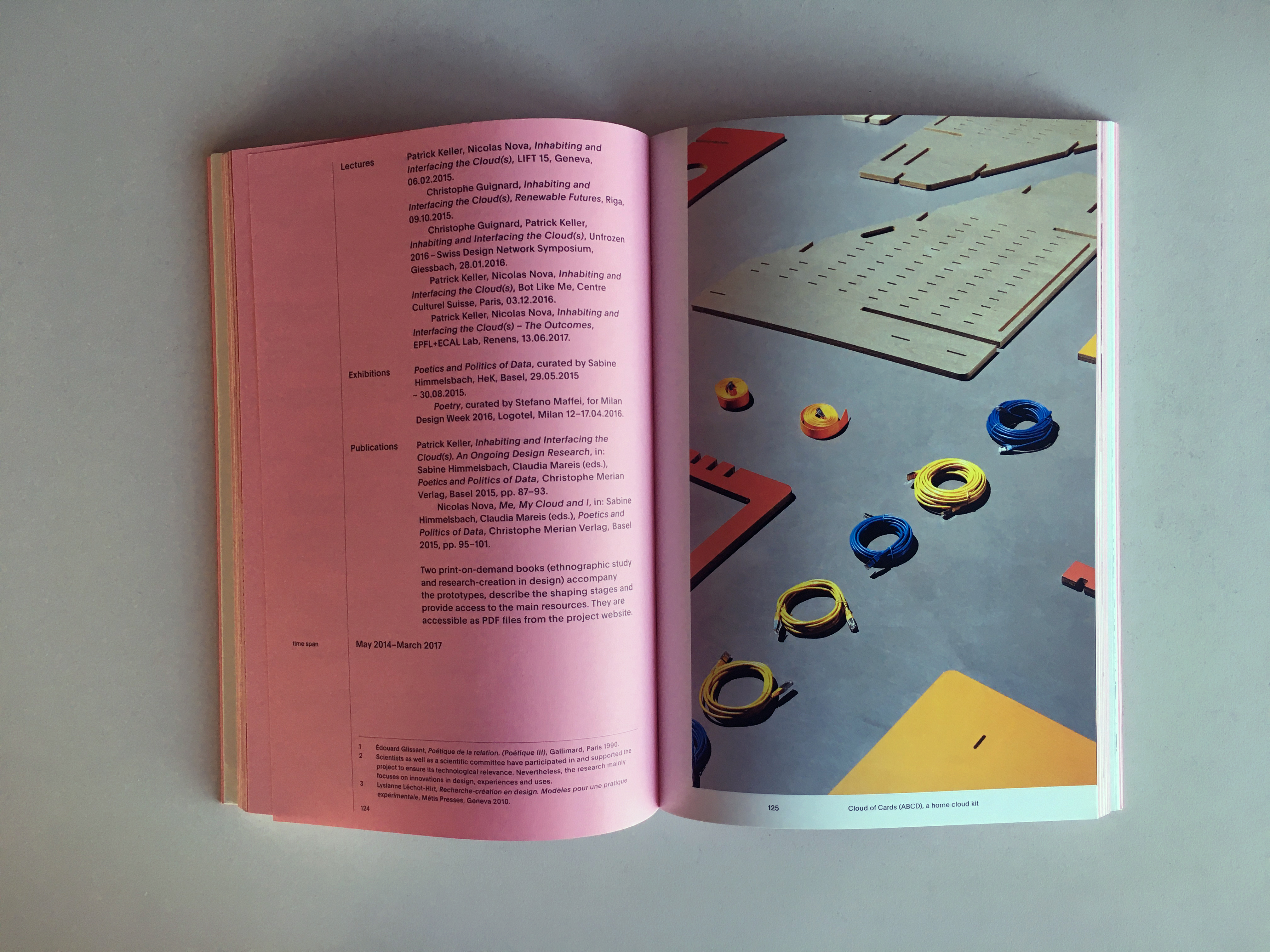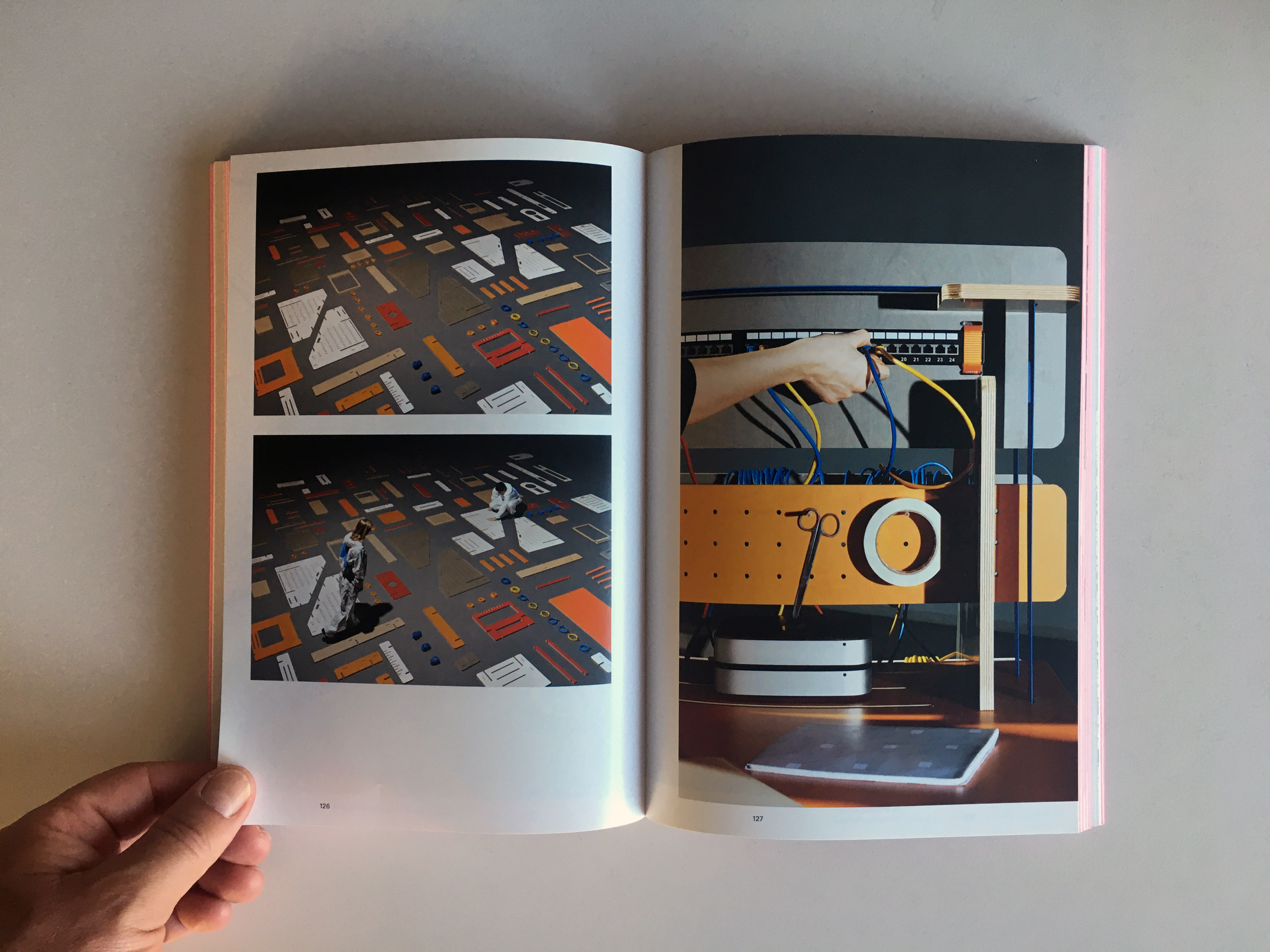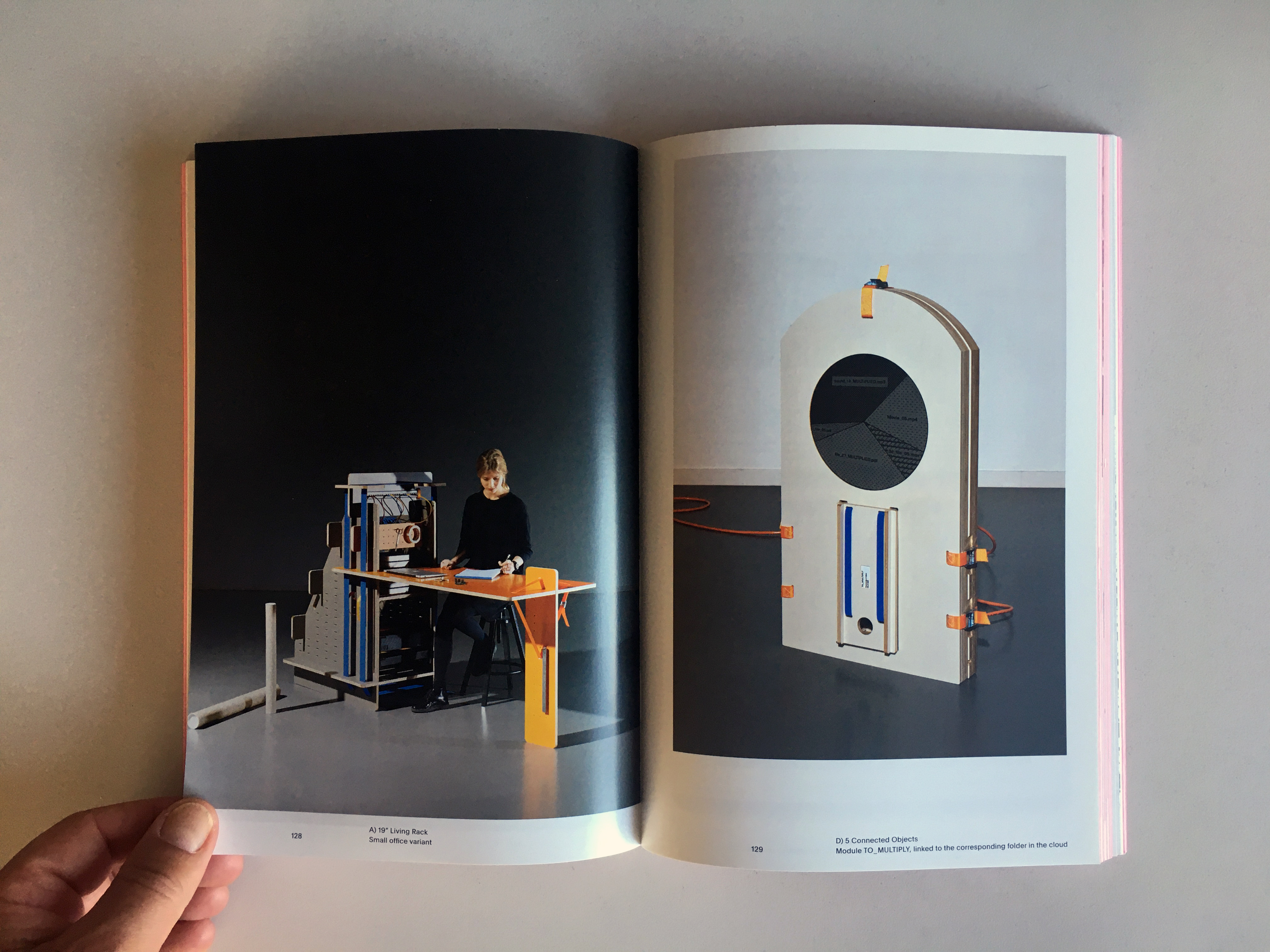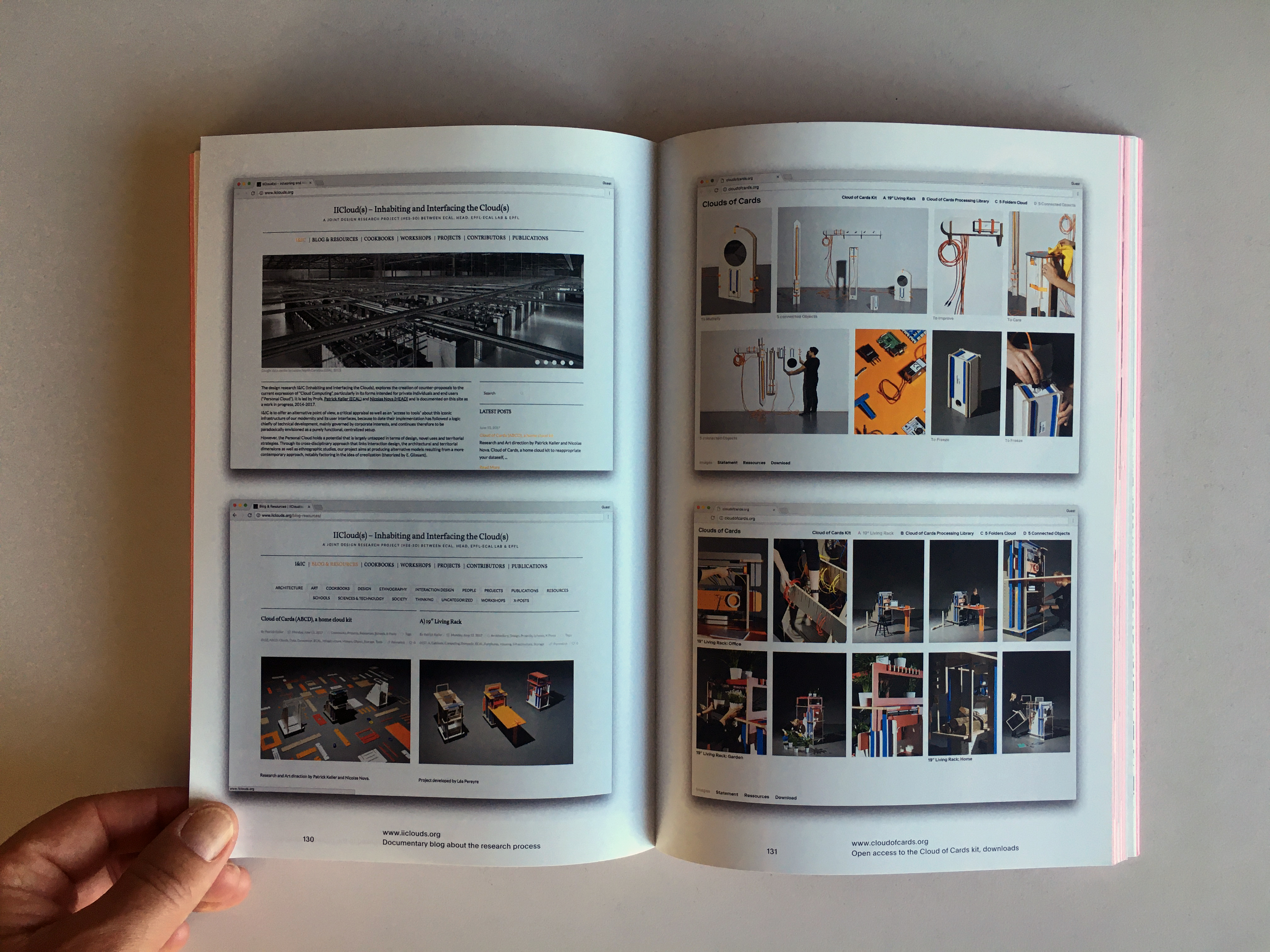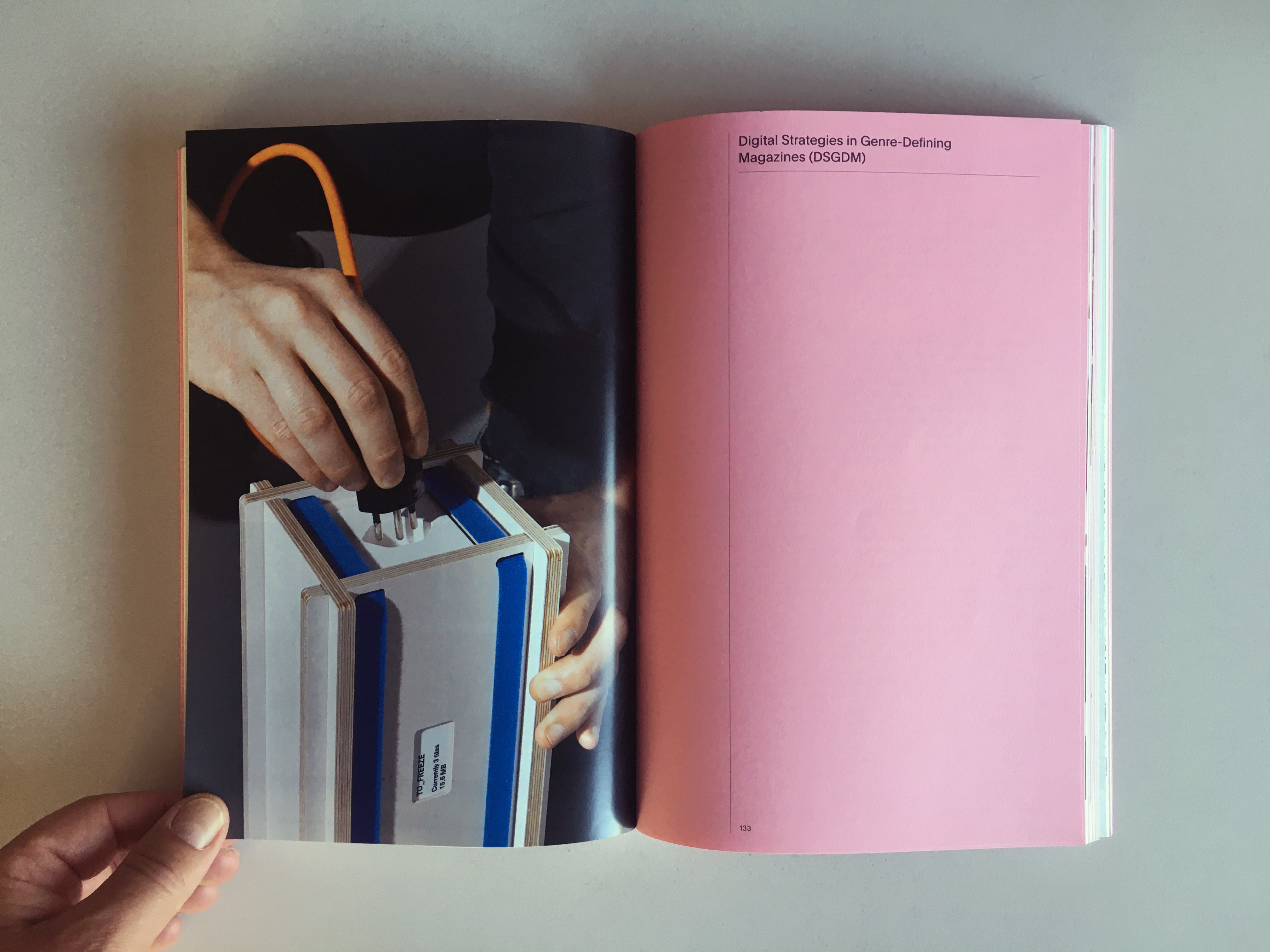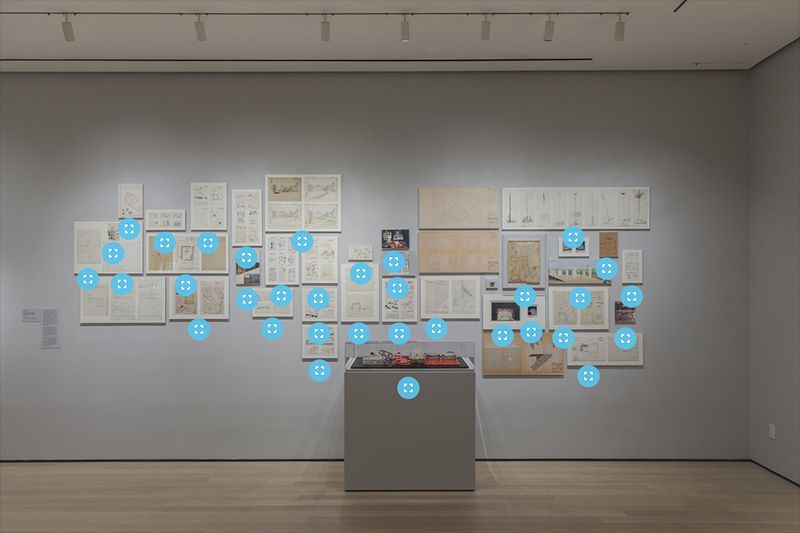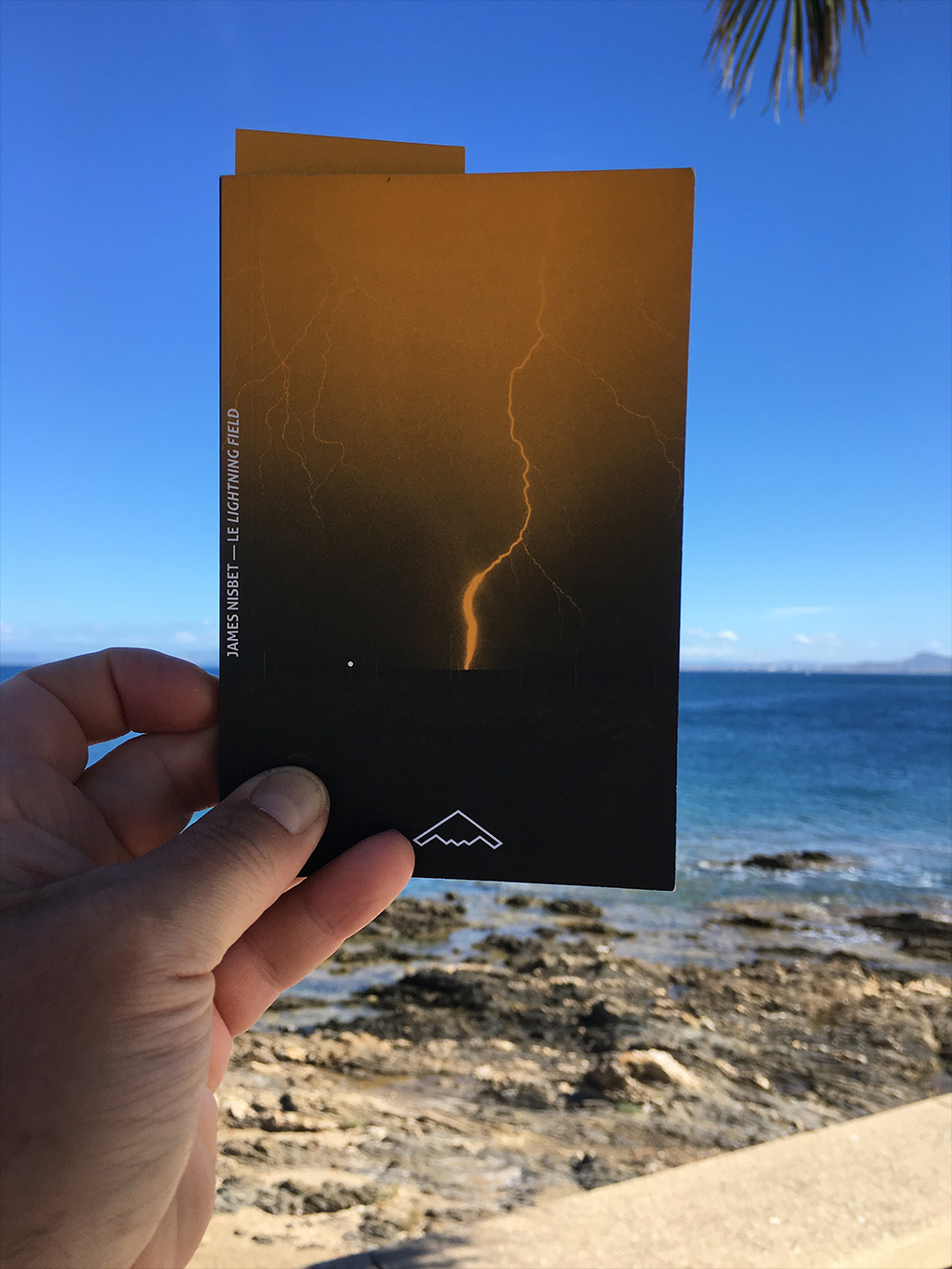Note: the following happened to be a quite fascinating and "spontaneous" collaborative experience recently held in 2d, pixel by pixel as the main expression tool, on Reddit.
It has certrainly the formal flavour of the online community (-ies) the project was first dedicated to ("dick" stuff, fantaisy or game characters, ...). But nonetheless, how much (almost spatial/ "places") "stories" can happen inside a blank online shared 2d space, with 16 colors and pixels, during 72 hours, is quite astonishing.
The project was called Place.
Terminologies used in the post below could certainly be refined and we could also wonder why (kind of sad) the process ends up into so many national flags (when it comes to collaborative design, a flag is certainly something so simple to communicate to many and co-create, due to its basic shapes and identifiable design rules, that it might be a reason - if not the reason - for the large amount of them that are present at the end of the experience (beside the copycat effect) - or why are these what we see at first glance? But that's not the main point about the whole experience.
As a matter of fact, it is undoubtedly a reminiscence and a much more interesting version of this "Million Dollar Homepage" by Alex Tew, on a 1000 x 1000 pixel grid, dating back 2005.
Via & by Sudoscript
-----
Last weekend, a fascinating act in the history of humanity played out on Reddit.
For April Fool's Day, Reddit launched a little experiment. It gave its users, who are all anonymous, a blank canvas called Place. The rules were simple. Each user could choose one pixel from 16 colors to place anywhere on the canvas. They could place as many pixels of as many colors as they wanted, but they had to wait a few minutes between placing each one. Over the following 72 hours, what emerged was nothing short of miraculous. A collaborative artwork that shocked even its inventors.
From a single blank canvas, a couple simple rules and no plan, came this:
Each pixel you see was placed by hand. Each icon, each flag, each meme created painstakingly by millions of people who had nothing in common except an Internet connection. Somehow, someway, what happened in Reddit over those 72 hours was the birth of Art.
How did this happen?
While I followed Place closely, I cannot do justice to the story behind it in the few words here. There were countless dramas -- countless ideas, and fights, and battles, and wars -- that I don't even know about. They happened in small forums and private Discord chats, with too much happening at once, all the time, to keep track of everything. And, of course, I had to sleep.
But at its core, the story of Place is an eternal story, about the three forces that humanity needs to make art, creation, and technology possible.
The Creators
First came "the Creators". They were the artists to whom the blank canvas was an irresistible opportunity.
When Place was launched, with no warning, the first users started placing pixels willy-nilly, just to see what they could do. Within minutes, the first sketches appeared on Place. Crude and immature, they resembled cavemen paintings, the work of artists just stretching their wings.

Even from that humble beginning, the Creators quickly saw that the pixels held power, and lots of potential. But working alone, they could only place one pixel every 5 or 10 minutes. Making anything more meaningful would take forever -- if someone didn't mess up their work as they were doing it. To make something bigger, they would have to work together.
That's when someone hit on the brilliant notion of a gridmap. They took a simple idea -- a drawing overlaid on a grid, that showed where each of the pixels should go -- and combined it with an image that resonated with the adolescent humor of Redditors. They proposed drawing Dickbutt.

The Placetions (denizens of r/place) quickly got to work. It didn't take long -- Dickbutt materialized within minutes in the lower left part of the canvas. The Place had its first collaborative Art.
But Creators didn't stop there. They added more appendages to the creature, they added colors, and then they attempted to metamorphize their creation into Dickbutterfly. Behind its silliness was the hint of a creative tsunami about to come.
But it didn't happen all at once. Creators started to get a little drunk on their power. Across the canvas from Dickbutt, a small Charmander came to life. But once the Pokemon character was brought to life, it started growing a large male member where once had been a leg. Then came two more.
This was not by design. Some Creators frantically tried to remove the offending additions, putting out calls to "purify" the art, but others kept the additions going.
Suddenly, it looked like Place would be a short-lived experiment that took the path of least surprise. Left to their own devices, Creators threatened to turn the Place into a phallic fantasy. Of course.

The problem was less one of immaturity, and more of the fundamental complexity of the creative process. What the Creators were starting to face was something that would become the defining theme of Place: too much freedom leads to chaos. Creativity needs constraint as much as it needs freedom.
When anyone could put any pixel anywhere, how does it not lead immediately to mayhem?
The Protectors
Another set of users emerged, who would soon address this very problem.
But like the primitive Creators, they weren't yet self-aware of their purpose on the great white canvas. Instead, they began by simplifying the experiment into a single goal: world conquest.
They formed Factions around colors, that they used to take over the Place with. The Blue Corner was among the first, and by far the largest. It began in the bottom right corner and spread like a plague. Its followers self-identified with the color, claiming that its manifest destiny was to take over Place. Pixel by pixel, they started turning it into reality, in a mad land grab over the wide open space.

The Blue Corner wasn't alone. Another group started a Red Corner on the other side of the canvas. Their users claimed a leftist political leaning. Yet another started the Green Lattice, which went for a polka-dot design with interspersing green pixels and white. They championed their superior efficiency, since they only had to color half as many pixels as the other Factions.
It wasn't long before the Factions ran head-on into the Creators. Charmander was among the first battle sites. As the Blue Corner began to overwrite the Pokemon with blue pixels, the Creators turned from their internecine phallic wars to the bigger threat now on their doorstep.
They fought back, replacing each blue pixel with their own. But the numbers were against them. With its single-minded focus on expansion, the Blue Corner commanded a much larger army than the Creators could muster. So they did the only thing they could do. They pled for their lives.
Somehow, it struck a chord. It ignited a debate within the Blue Corner. What was their role in relation to Art? A member asked: "As our tide inevitably covers the world from edge to edge, should we show mercy to other art we come across?"
This was a question each Faction faced in turn. With all the power given to them by their expansionary zeal, what were they to do about the art that stood in their path?
They all decided to save it. One by one, each of the Factions began flowing around the artwork, rather than through them.
Rebel against Bluegoisie all you want, but let's make one thing clear: THESE THREE ARE OFF ABSOLUTELY OFF LIMITS. THEY ARE NOT TO BE HARMED. from place
This was a turning point. The mindless Factions had turned into beneficent Protectors
Still No Happy Ending
Finally at peace with the ravenous color horde, the Creators turned back to their creations. They started making them more complex, adding one element after another.
They started using 3-pixel fonts to write text. A Star Wars prequel meme that had been sputtering along took a more defined shape, becoming one of the most prominent pieces of art in Place.
Others formed Creator collectives around common projects. Organizing in smaller subreddits that they created just for this purpose, they planned strategies and shared templates.
One of the most successful was a group that added a Windows 95-esque taskbar along the bottom, replete with Start button in the corner.
Another were a block of hearts. They started with only a few, mimicking hearts of life in old bitmap video games, like Zelda, before their collective took off with the idea. By the end they stretched across half the canvas, in a dazzling array of flags and designs.
And of course, there was Van Gogh.

But not all was well. The Protectors who they had once welcomed with relief had become tyrants dictating fashion. They decided what could and couldn't be made. It wasn't long before Creators started chafing under their rule.
Meanwhile, with the issue of artwork resolved, the Factions had turned their sights on each other, forcing followers to choose sides in epic battles. They had little time to pay attention to the pathetic pleas of Creators who wanted approval for ideas of new art.
The fights between the Protectors got nasty. A Twitch live-streamer exhorted his followers to attack the Blue Corner with Purple. There were battle plans. There were appeals to emotion. There were even false-flag attacks, where the followers of one color placed pixels of the opposing side inside their own, just so they could cry foul and attack in return.
But the biggest problem of all was one of the only hard rules of Place -- it couldn't grow. With the Factions engaged in a massive battle among themselves, the Creators started realizing there wasn't space to make new Art.
Country flags had started emerging pretty much from the beginning. But as they grew and grew, they started bumping into each other.
Out in the unclaimed territory of the middle of the canvas, with no Protector to mediate between them, Germany and France engaged in an epic battle that sent shockwaves through Place.

Suddenly, a world that had been saved from its primitive beginnings looked like it would succumb to war. There were frantic attempts at diplomacy between all sides. Leaders form the Protectors and the Creators and met each other in chat rooms, but mostly they just pointed fingers at each other.
What Place needed was a villain that everyone could agree upon.
The Destroyers
Enter the Void.
They started on 4chan, Reddit's mangled, red-headed step-brother. It wasn't long before the pranksters on the Internet's most notorious imageboard took notice of what was happening on Reddit. It was too good an opportunity for them to pass up. And so they turned to the color closest to their heart -- black. They became the Void.
Like a tear spreading slowly across the canvas, black pixels started emerging near the center of Place.

At first, other Factions tried to form an alliance with them, foolishly assuming that diplomacy would work. But they failed, because the Void was different.
The Void was no Protector. Unlike the Factions, it professed no loyalty to Art. Followers of the Void championed its destructive egalitarianism, chanting only that "the Void will consume." They took no sides. They only wanted to paint the world black.
This was exactly the kick in the ass that Place needed. While Creators had been busy fighting each other, and Protectors still measured themselves by the extent of canvas they controlled, a new threat -- a real threat -- had emerged under their nose.
Against the face of extinction, they banded together to fight the Void and save their Art.
But the Void was not easy to vanquish, because the Place needed it. It needed destruction so that new Art, better Art, would emerge from the ashes. Without the Void, there was no force to clean up the old Art.
I used to hate the Void but watching the time-lapses I see they're a vital part of the r/place ecosystem. Like a forest fire making way for new life. from place
And yet, this was exactly what Place needed. By destroying art, the Void forced Placetions to come up with something better. They knew they could overcome the sourge. They just needed an idea good enough, with enough momentum and enough followers, to beat the black monster.
That idea was the American flag.
In the last day of Place, a most unlikely coalition came together to beat back the Void, once and for all.
They were people who otherwise tear each other apart every day -- Trump supporters and Trump resisters, Democrats and Republicans, Americans and Europeans. And here they were coming together to build something together, on a little corner of the Internet, proving in an age when such cooperation seems impossible, that they still can.
The Ancients Were Right
Reddit's experiment ended soon after. There are so many more stories hidden deep in the dozens of subreddits and chat rooms that cropped up around Place. For every piece of artwork I mentioned, there are hundreds more on the final canvas. Perhaps the most amazing thing is that on an anonymous, no-holds-barred space on the Internet, there were no hate or racist symbols at all on the final canvas.
It is a beautiful circle of art, life and death. And it isn't the first time in our history that we've seen it.
Many millenia before Place, when humanity itself was still in its infancy (the real one, not the one on Reddit), Hindu philosophers theorized that the Heavens were made of three competing, but necessary, deities that they called the Trimurti. They were Brahma the Creator, Vishnu the Protector, and Shiva the Destroyer.
Without any single one of them, the Universe would not work. For there to be light, there needed to be dark. For there to be life, there needed to be death. For there to be creation and art, there needed to be destruction.
Over the last few days, their vision proved prescient. In the most uncanny way, Reddit proved that human creation requires all three.
The Final Canvas


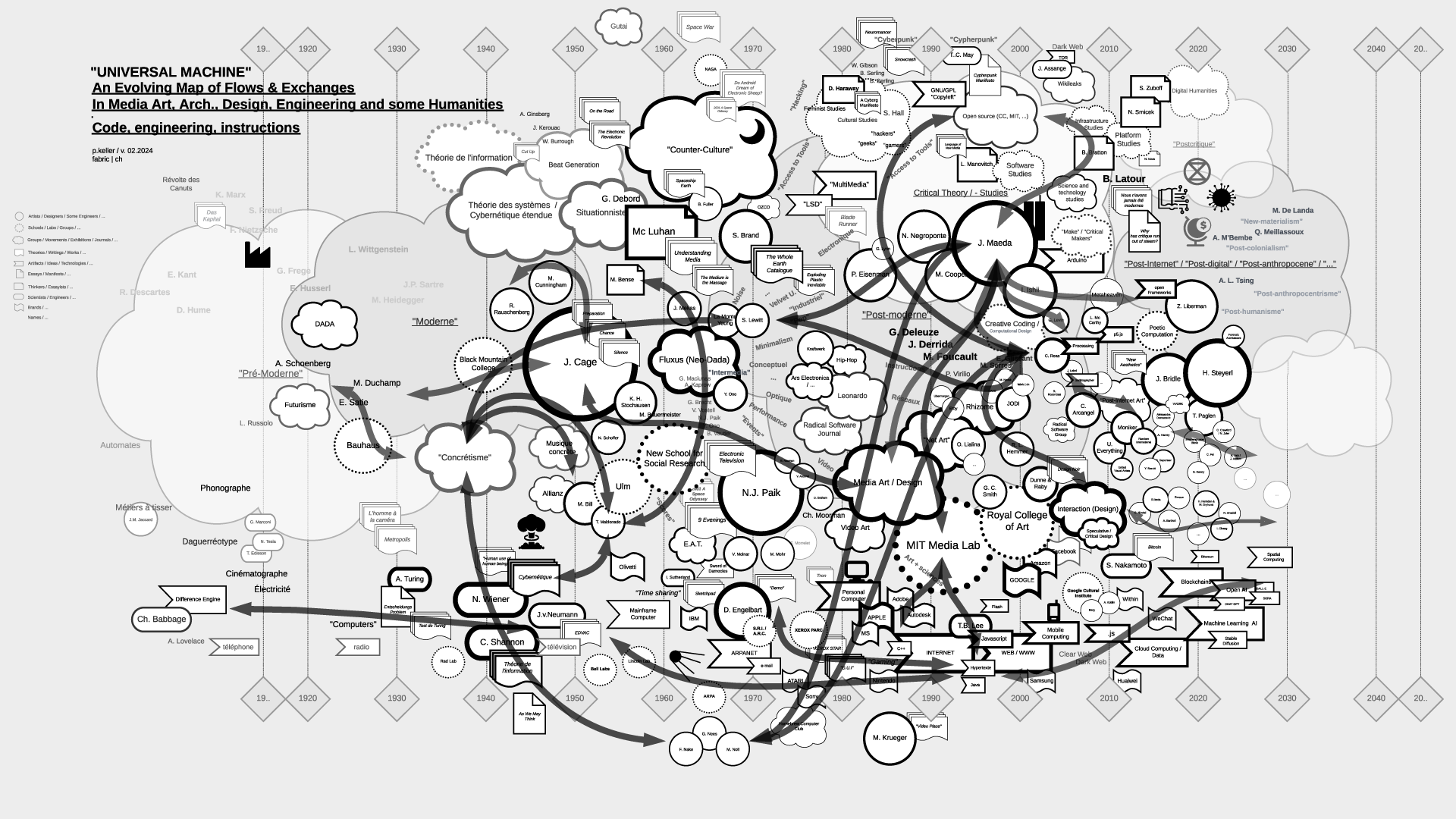
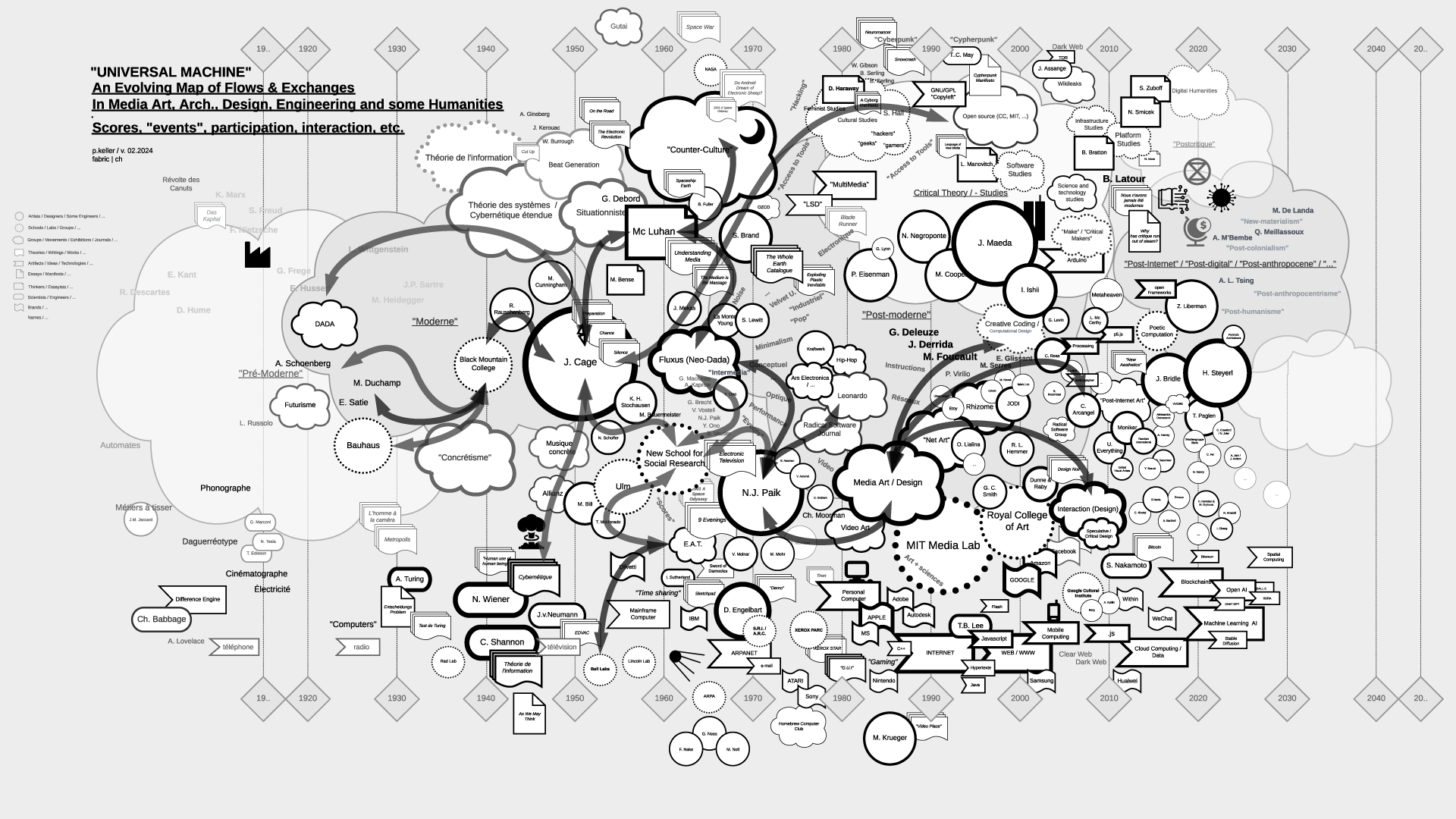
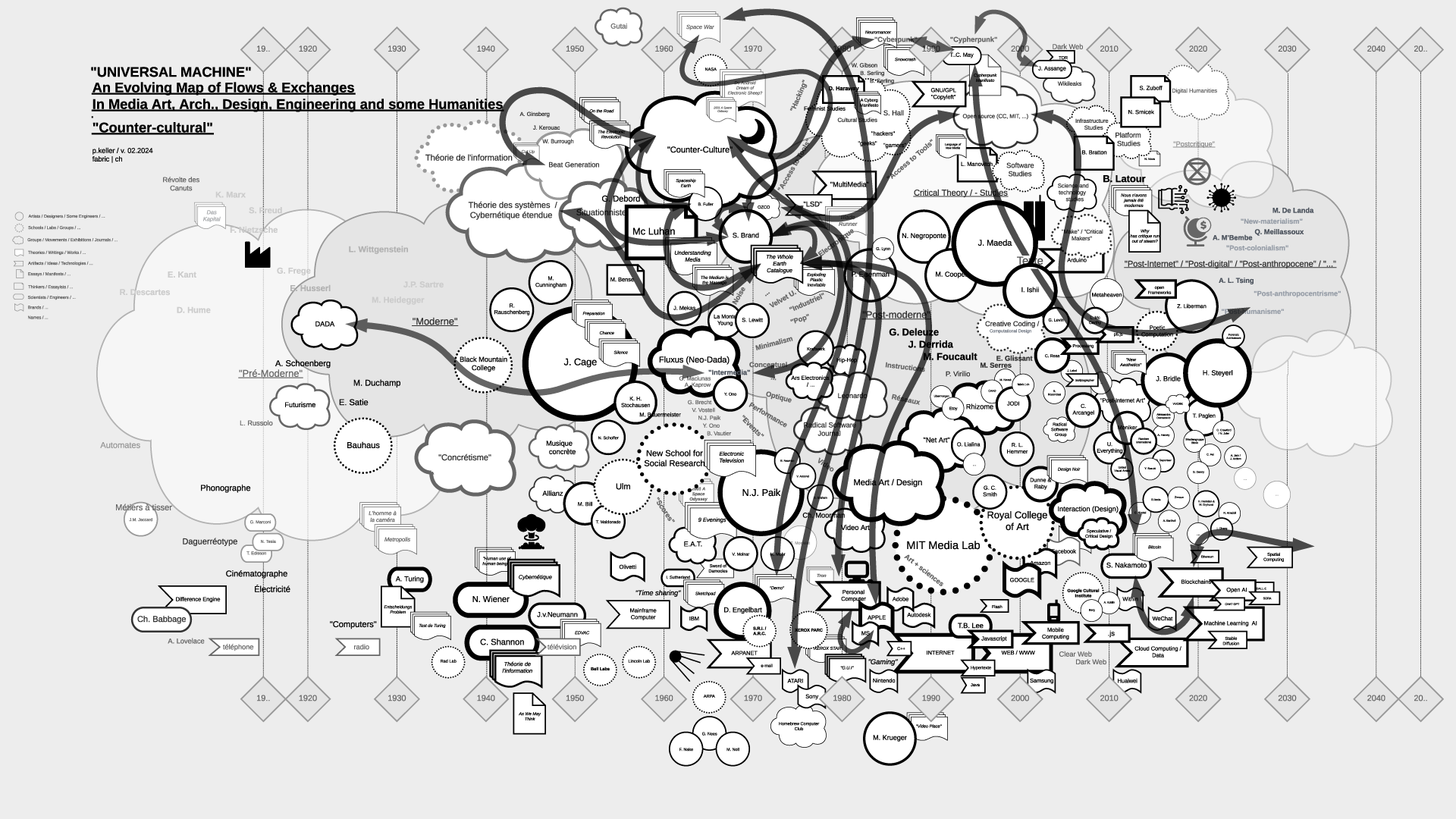

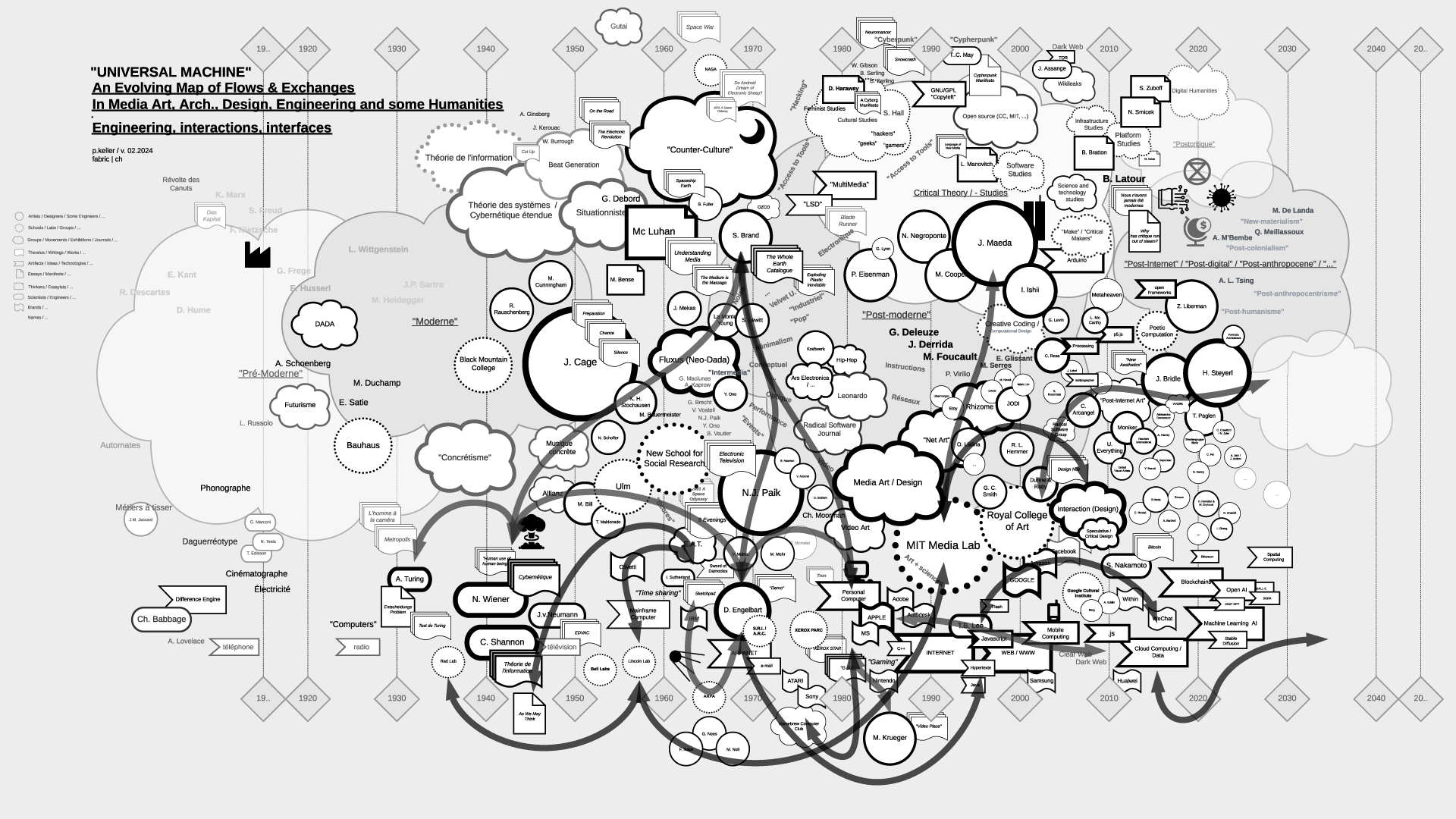
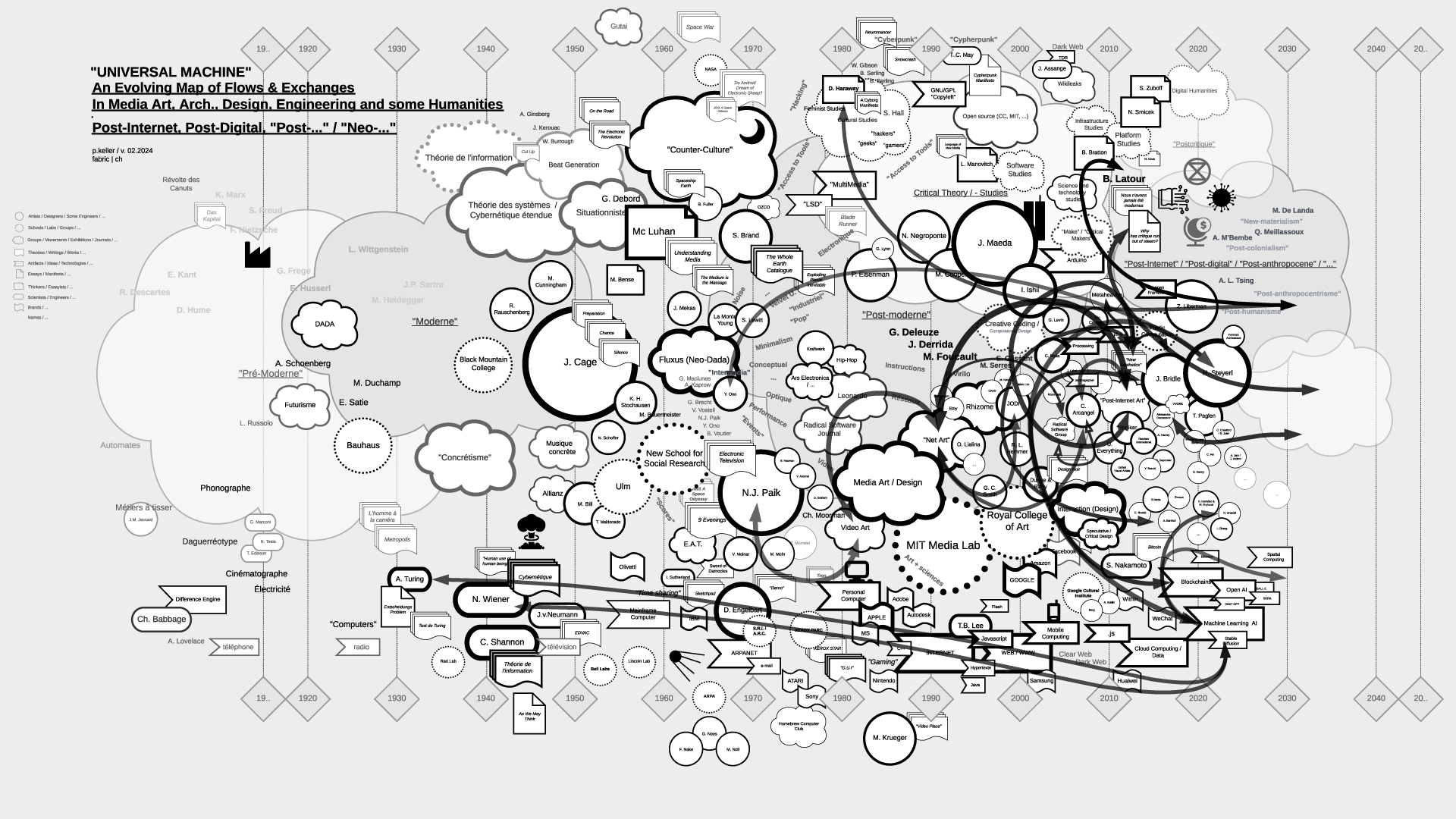
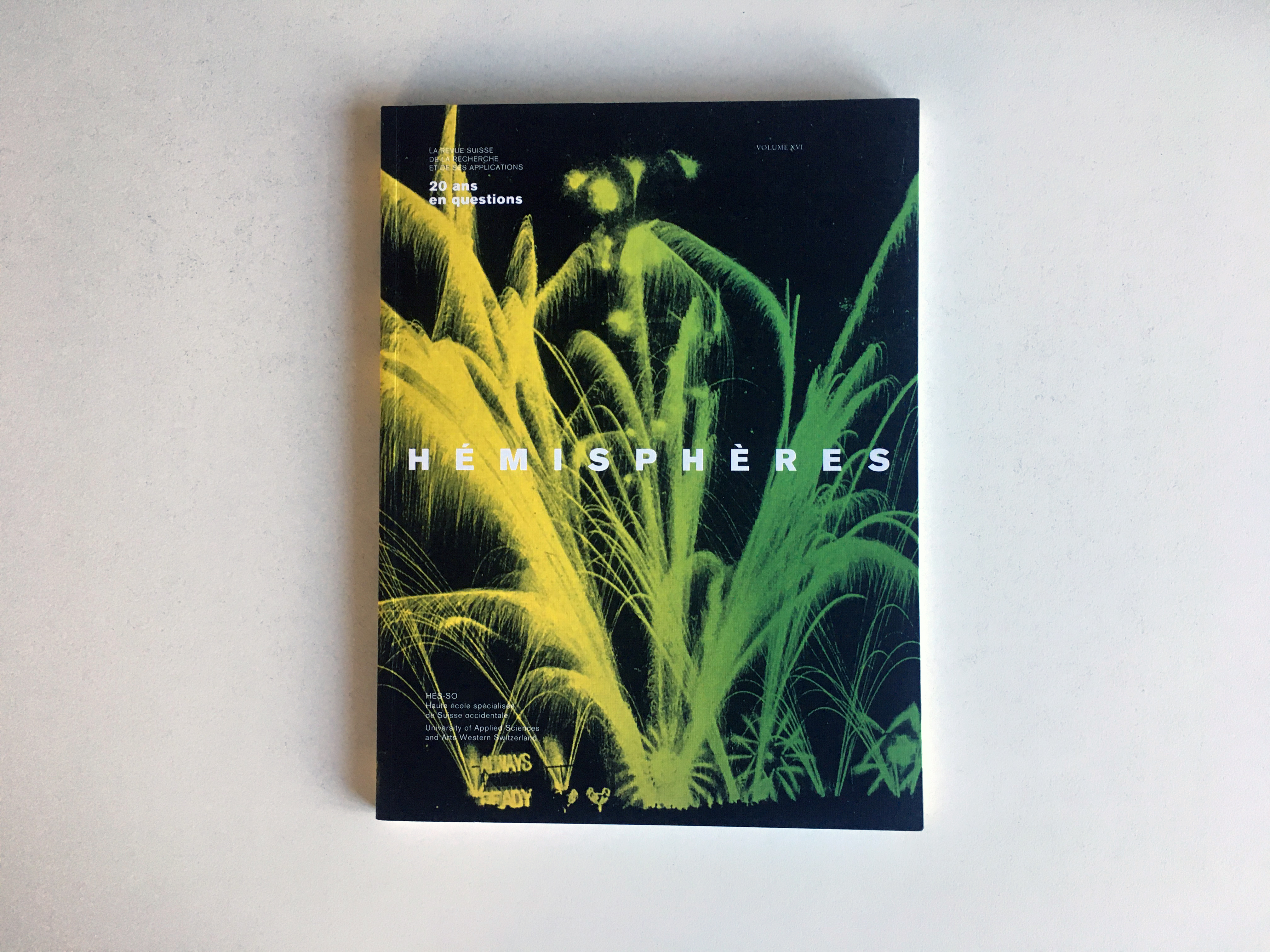
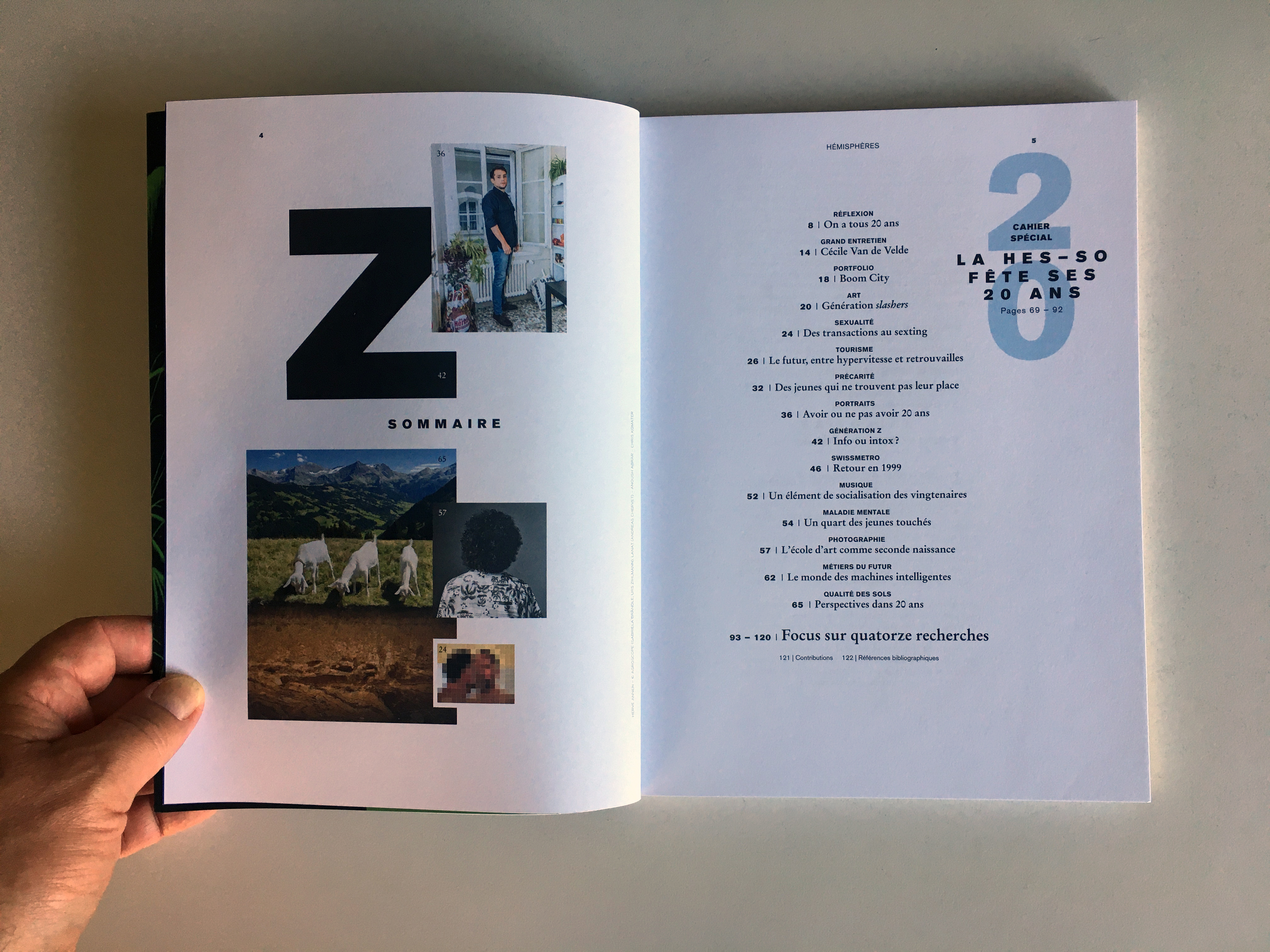
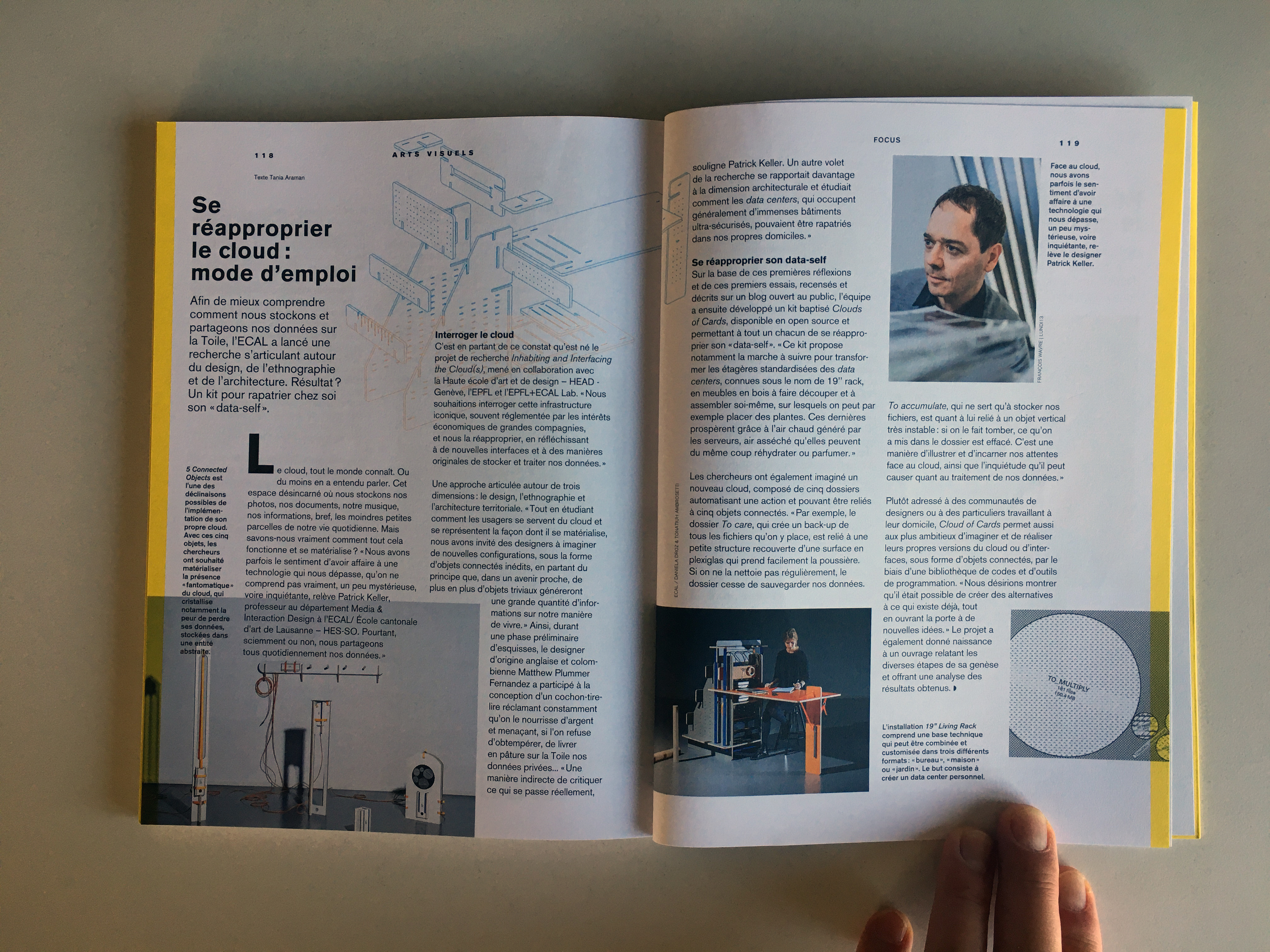
.jpg)
